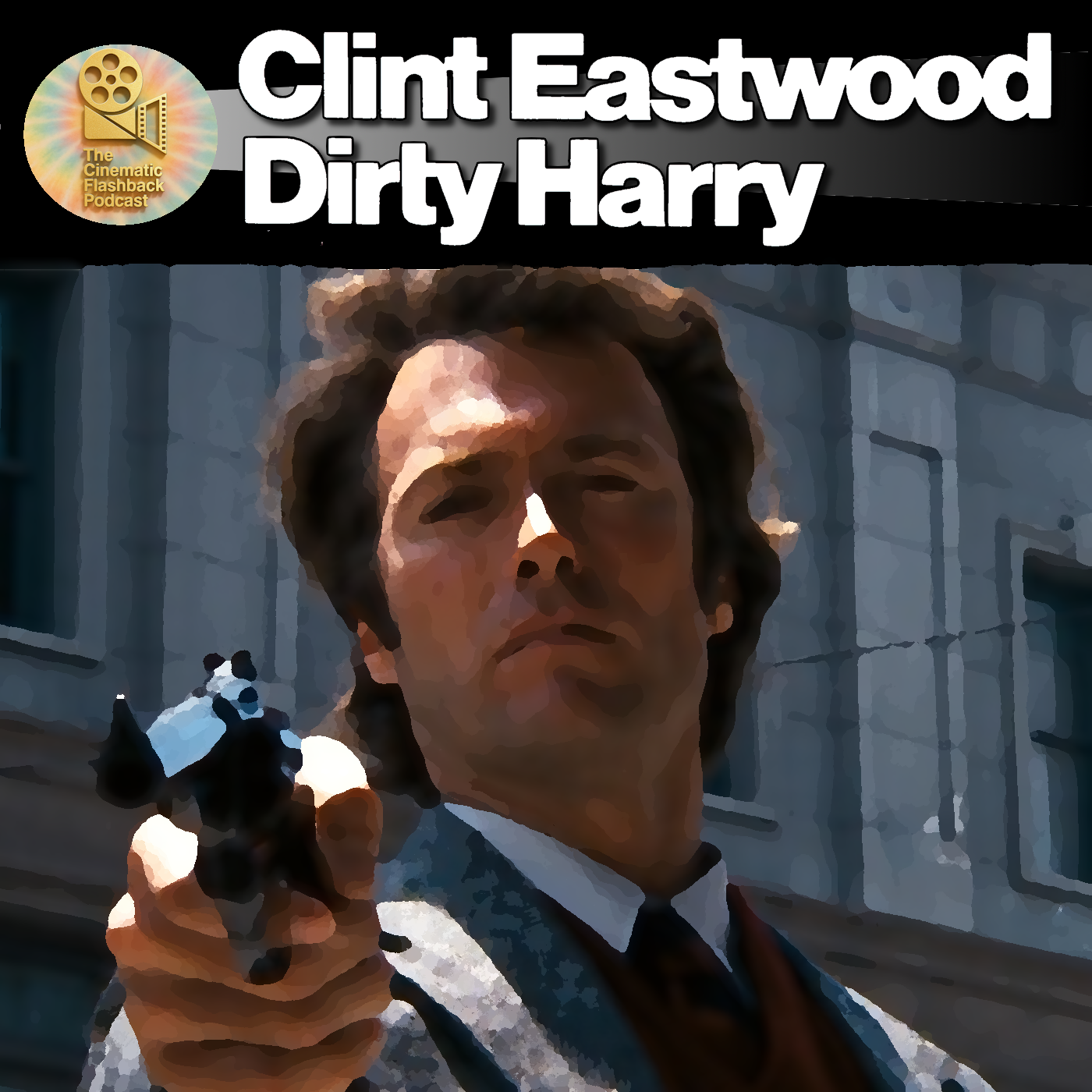Brass and Asphalt: The Urban Pulse of Dirty Harry and The Taking of Pelham One Two Three

The early 1970s gave us a new kind of crime movie. They were darker, meaner, and filled with paranoia. America was still reeling from Vietnam and Watergate, and its cities felt like living organisms on the edge of breakdown. San Francisco, New York, and Chicago all carried the tension of a country trying to keep order amid chaos.
Into that atmosphere came two unforgettable scores: Lalo Schifrin’s Dirty Harry and David Shire’s The Taking of Pelham One Two Three. Each one captured its city’s heartbeat but from very different angles. Schifrin gave San Francisco a sinister groove. Shire turned New York into a ticking machine. Together they are the sound of 1970s urban anxiety, one funky and one mechanical, both brilliant.
The Groove and the Gun: Lalo Schifrin’s Dirty Harry
We open on San Francisco. Clean sunlight, fog banks, and a sniper’s scope. Then the music slides in. A wah wah guitar, a pulsing bass line, and those eerie wordless female vocals. That is Lalo Schifrin, the Argentine born jazz master who gave the world the Mission: Impossible theme. His Dirty Harry score walks a razor’s edge between seduction and menace.
Schifrin builds the sound around rhythm. You can feel it in your chest, that slow and confident pulse that mirrors Harry Callahan himself. It is music that moves like a predator. The use of electronic textures and muted brass gives it a modern edge, while the jazz percussion keeps it alive and human.
There is a track called “Scorpio’s Theme” that feels like the city’s dark undercurrent, with fuzzed out bass, sharp cymbals, and distant moans. Schifrin is not scoring action. He is scoring psychology. He turns San Francisco into a sonic maze where morality blurs and every heartbeat feels like a countdown.
This is the sound of control trying to suppress chaos, and maybe becoming part of it.
Trains, Timing, and Tension: David Shire’s The Taking of Pelham One Two Three
Three years later, David Shire’s Pelham One Two Three bursts to life with a completely different energy. No funk strut here, just organized mayhem. From the first note, Shire’s main theme feels like the city itself waking up in motion. It is brassy, dissonant, and full of swagger.
Shire’s approach is mathematical but never cold. He uses twelve tone serial techniques, a trick borrowed from modern classical music, and somehow turns it into a groove. That should not work, but it does. Every note feels unpredictable, yet the rhythm section keeps pushing forward like a subway train that refuses to stop.
Where Schifrin scores the moral tension of a single man, Shire scores the tension of a whole system. His New York is bureaucratic and mechanical, always on schedule and always breaking down. The horns sound like traffic jams. The percussion clicks like a switchboard. Even the pauses feel like someone waiting for the next train to arrive.
By the time the film reaches its final and ironic punchline, the music has told us everything we need to know about the city. It runs on rhythm, and that rhythm can hurt you if you fall out of step.
Two Cities, Two Minds
Comparing these two scores is like comparing San Francisco’s rolling fog to New York’s concrete heat. Both are born from jazz and dissonance, but they aim at different truths.
| Aspect | Dirty Harry (Schifrin) | Pelham One Two Three (Shire) |
|---|---|---|
| City | San Francisco | New York City |
| Tone | Psychedelic funk noir | Industrial jazz chaos |
| Focus | The man against the city | The system under siege |
| Rhythm | Organic, pulsing, human | Mechanical, relentless, urban |
| Feeling | Seduction and control | Irony and momentum |
Schifrin’s music feels warm and bodily, like sweat and danger. Shire’s feels precise and metallic, like gears grinding in rhythm. Both composers understood something essential about the American city in the 1970s. It was alive, unpredictable, and slightly unhinged.
One score stares into a killer’s eyes. The other listens to the hum of the subway. Together they chart the psychological geography of an era.
Legacy in Brass and Fear
You can hear Schifrin and Shire’s fingerprints all over the decades that followed. Their influence shows up in Michael Small’s The Parallax View and Jerry Fielding’s The Mechanic. You can hear echoes in the procedural pulse of Heat and the swagger of Shaft. They helped define how we hear the urban thriller.
Schifrin gave us moral tension that grooves. Shire gave us bureaucratic chaos that swings. Both found rhythm in disorder and beauty in the noise of modern life.
Closing Thoughts
When we revisit Dirty Harry and The Taking of Pelham One Two Three, we are not just watching two crime films. We are hearing the sound of America adjusting to its own disillusionment. The brass, the bass, the percussion, and the paranoia add up to something timeless.
Schifrin makes the city breathe. Shire makes it grind. Between the two, we can still feel the pulse of a decade that never stopped moving.


